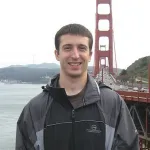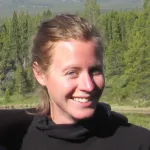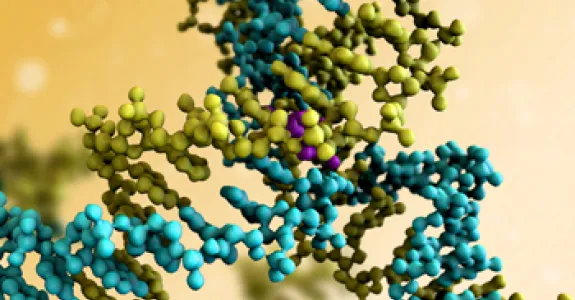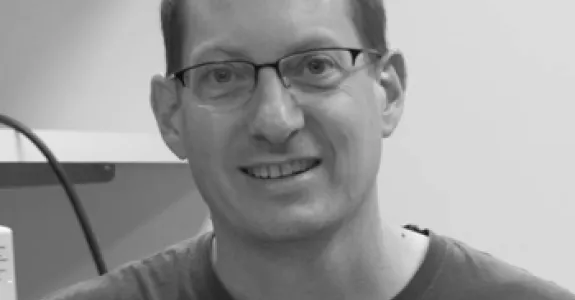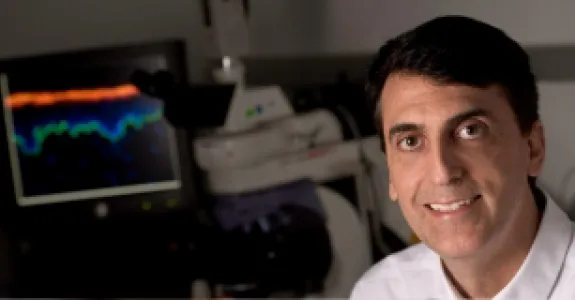
Dr. Aaron Straight's laboratory's goal is to understand how chromosomes are faithfully transmitted during cell division and how chromosomes are structured and organized in the nucleus. Many cellular processes act on the chromosome to specialize different chromosomal domains for unique functions in the biology of cells. One of the best examples of a specialized chromatin domain is the eukaryotic centromere and kinetochore that forms at a single site on each human chromosome and ensures the proper segregation of the genome during each cell division cycle. The laboratory studies the genetic and epigenetic mechanisms that control the formation of centromeres. Cells use a variety of different mechanisms to change the function of chromosomes. They have also focused on understanding how RNAs that associate with chromosomes regulate the reorganization of chromatin into silent heterochromatic domains. The lab's recent efforts have been directed at understanding how long range interactions between chromosomes are used to organize the genome within the nucleus and to control gene expression and chromosome dynamics. They are also studying complex repeat domains in the human genome and how repetitive sequences are controlled by epigenetic silencing and boundaries. They have recently begun to study marine dinoflagellates, a key member of ocean ecosystems, that condense their DNA into liquid crystals as a system to explore extreme mechanisms of chromosome organization. They use a combination of microscopy to extract quantitative information about the behavior of chromosomes in living cells, biochemical reconstitution to assemble chromatin and chromosomes in vitro, genetics to manipulate the chromosome segregation process in order to study how chromosome-distribution systems function in eukaryotes, and computation and genomics to explore complex genomes.

